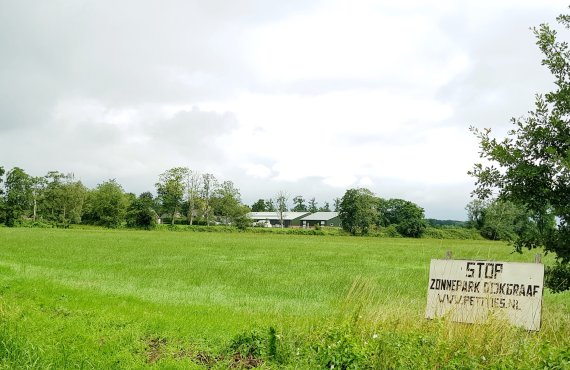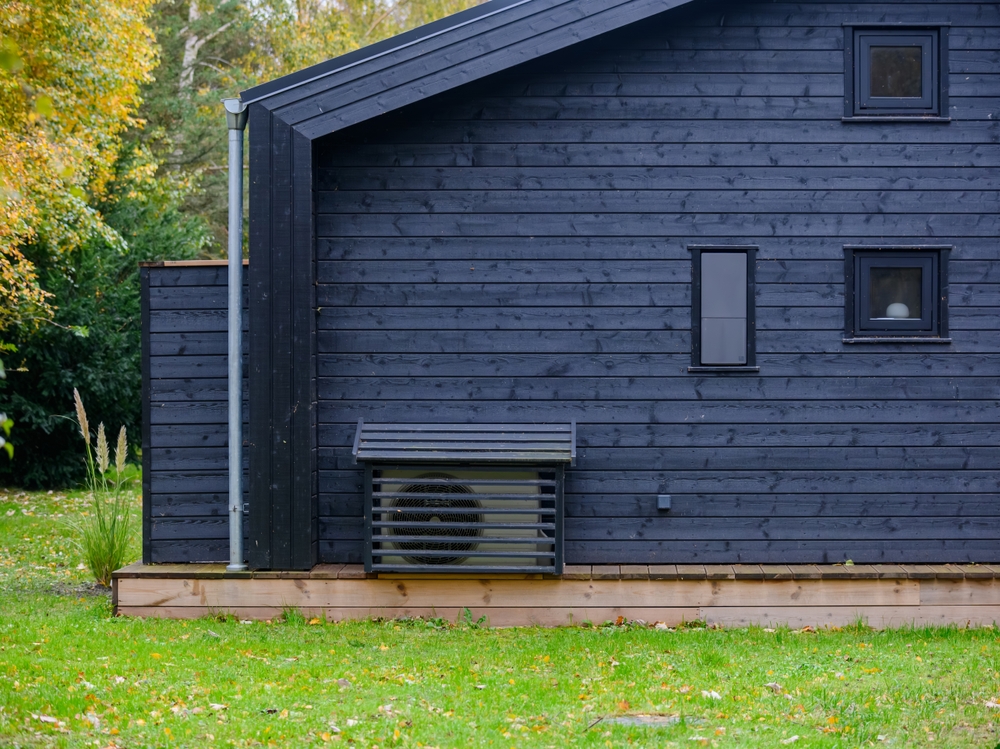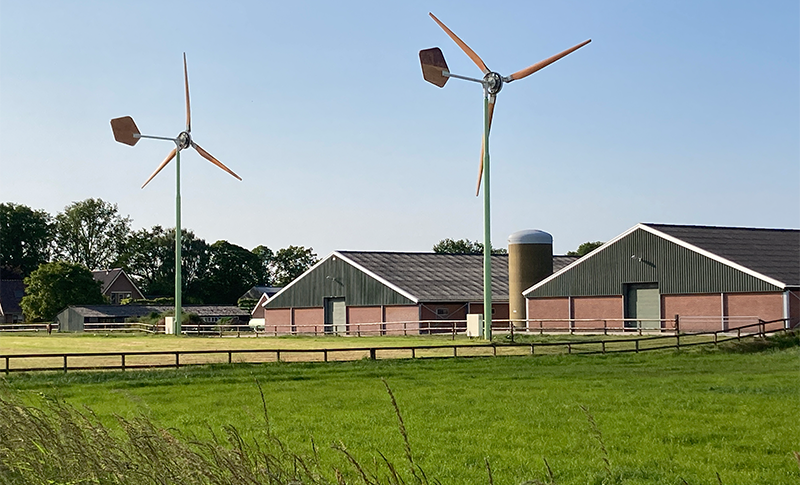It would seem so obvious. There are many dykes in the Netherlands. Cover them in solar panels, and there is no need to use valuable arable land for solar parks. Unfortunately, this is only partly true, says a TNO study conducted in collaboration with WUR.
In the Sun on Dykes projects, four different set-ups were studied in the field. The field, in this case, being dykes in Zeeland (Ritthem) and in the Flevopolder (Zeewolde). In two cases, the solar panels hovered over the ground. In the other two, the panels were placed in the face of the dyke, which was either paved or planted with grass.
Grass
The yield of each of the set-ups was satisfactory, but there was a decided advantage to panels on a paved dyke in terms of the quality of the dyke. Hammering in the foundation piles can damage the dyke, jeopardising its safety. Moreover, solar panels are disastrous for the vegetation beneath them. That, too, could put the dyke’s safety in peril, researchers say.
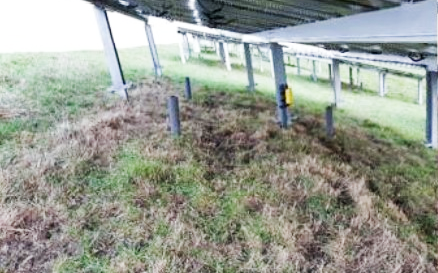
Grass expert Jan Rinze van der Schoot was involved in the study on behalf of WUR. ‘Grass has no role in paved dykes, but on dykes that were covered in grass, we soon saw that the meadow beneath the panels was severely impacted.’ Only ten per cent of the incoming sunlight reached the grass. ‘Much too dark for grass to grow.’
Cameras
Thus, solar panels mounted on a paved dyke would seem the most successful option. However, these panels are vulnerable to theft and vandalism. Van der Schoot: ‘we had cameras monitoring the situation during the experiment, and no vandalism occurred, but security is an issue.’

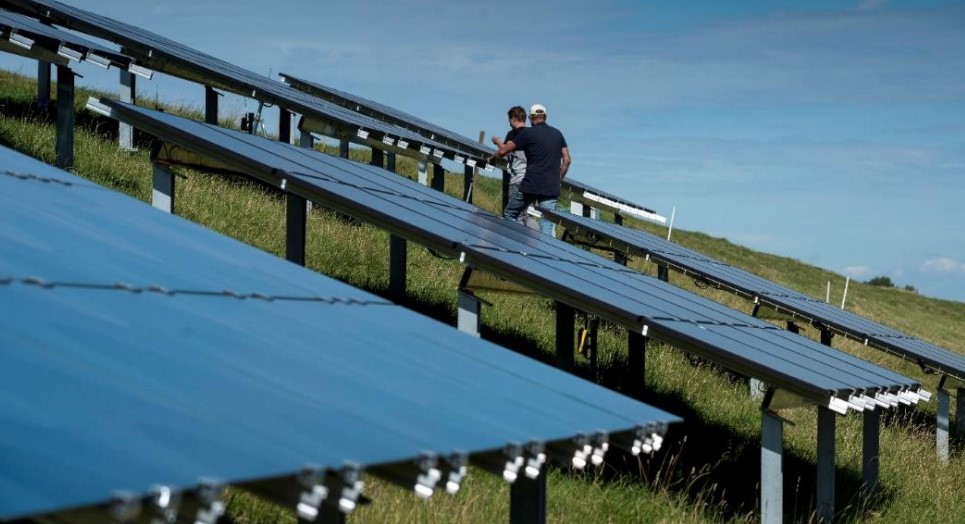 Photo TNO
Photo TNO 